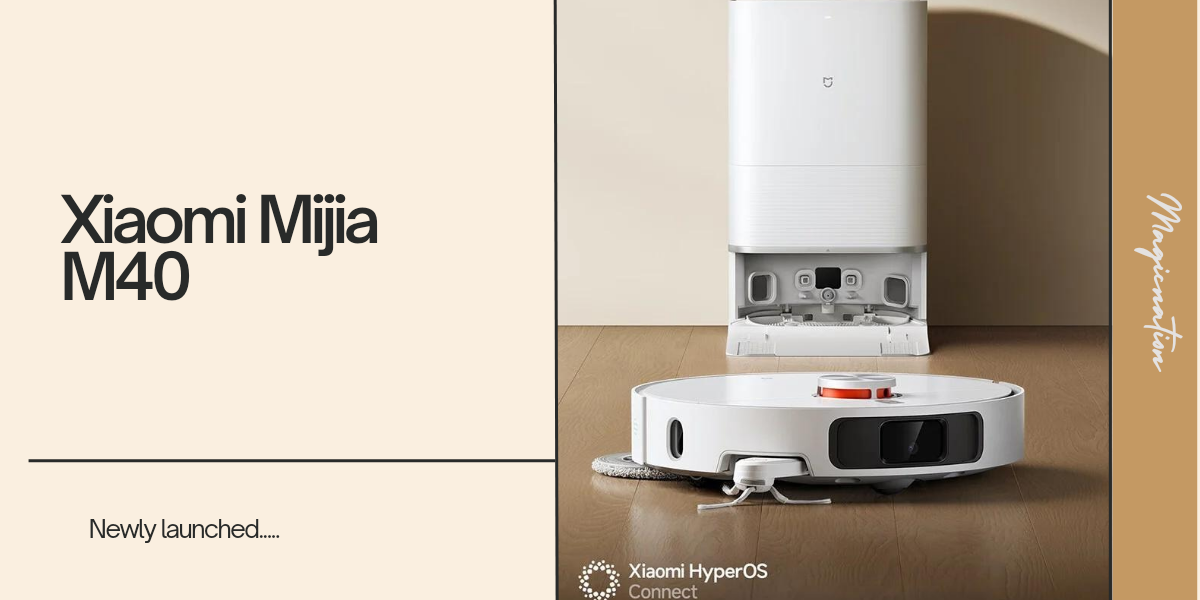The last decade has seen radical changes in how photography is done. This revolution in photography was very much fanned by the smartphone cameras. The journey from being an added convenience to a full-fledged professional tool for capturing images has democratized photography, truly opening it up to millions. It has also had a sea-change effect on social media, journalism, and everyday life.
Mobile Photography Evolution
Mobile photography began with grainy and low-resolution cameras embedded in older mobile phones. To be precise, those were more of a toy than a serious tool for taking pictures. After some time, things changed with the invention of smartphones. Better sensors, lenses, and image software processing laid the base for a new beginning.
Technological Advancements
Probably, the most prominent breakthrough in mobile photography would come as the development of multi-lens systems. While early cameras used to be fitted with just a single lens, now dual, triple, or even quad-camera setups are running the device markets. Different lenses served different functions: wide-angle, ultra-wide, telephoto, or even macro. This diversified ability makes it possible to click any scene with a smartphone brilliantly, with precision and detailing.
The other important development in this domain is that optical sensors have increased in size and resolution. Another reason associated with better photography is the large size of sensors. Large-sized sensors capture more light and thus have improved low-light behavior with dynamic range. Jumping from 8-megapixel cameras to 108-megapixel ones has made details and clarity stunning. These high-resolution sensors go along with advanced image processing algorithms to get better photo quality by means of reduced noise and enhancement of color accuracy.
Artificial Intelligence has played an extremely important role in the cameras of modern-day smartphones. Features like scene recognition, portrait mode, and night mode, enabled any user to capture good quality pictures without demanding professionalism in the field of photography. These are features that understand the background and automatically make the settings to capture the best image.
Impact on Everyday Photography
The cameras of smartphones are so advanced that they have not only evolved technically but have brought about a change in the approach towards photography. They have enabled the possibility of technical candids, which have made of giants in social media like Instagram and Snapchat, in which users share their life through pictures and videos.
Moreover, the ease of access to good cameras has democratized photography in many ways. Earlier, professional-grade photography was something that required very expensive apparatuses and years of training. Now, with today's technology in everyone's pocket, everybody with a smartphone can take and distribute fabulous images, breaking barriers to entry for areas as diverse as photojournalism, content creation, and visual storytelling.
Comparative Analysis
Now, if one compares traditional cameras with modern smartphone cameras, that gap is way smaller. Whereas DSLRs and mirrorless cameras have an edge when it comes to sensor size and, obviously, lens flexibility, the smartphone has become pretty competitive in a lot of scenarios. Features like computational photography have handed smartphones an edge that no other camera type is able to boast.
Be it low-light, portrait, or macro photography, smartphones prove to be very good performers in the mentioned scenarios alike. For example, night mode has the ability to lighten dark scenes using long exposure and AI, which earlier was possible only with premium cameras. Portrait mode can achieve the blur effect at the back, bringing shallow depth of field, something that used to be possible through larger lenses.
Future Trends in Mobile Photography
Moving into the future of mobile photography, some promising options show even more possibilities in store for this field. Countries technologies focused on foldable lenses, periscope zooms, and further development in computational photography are cars seeking to push the boundary even further. Foldable lenses will let even more compact designs be possible for cameras, while periscope zooms offer good optical zoom capabilities without thickening the phone.
Improvements in AI will keep pushing the image quality barrier higher and provide new creative tools for users. Other spots in which AI stands to make a big difference include real-time video editing features, augmented reality effects, and advanced image stabilization.
Manufacturer Innovations
There have been specific brands that really empower this evolution in mobile photography. A few of the brands, like Apple, Samsung, Google, Huawei and Honor have traditionally been pushing the boundaries that their camera technologies reached. Interviews with product developers and engineers can share insight into the innovations which have shaped their flagship devices.
Photography Tips and Tricks
Some pragmatic tips can make all the difference for those desiring to get the most out of their smartphone cameras, such as short tutorials on camera settings, lighting conditions, and processing techniques. It is believed that encouraging users to play around with different modes and settings can produce more creative and interesting images.
How Smartphone Cameras Are Transforming the Way We Capture the World
Post Reply
9 posts
• Page 1 of 1
- Joined: Sat Dec 09, 2023 1:14 pm
Recent Posts

NASA and South Korea to Explore Deep Space in Pioneering Joint Mission
Sun Sep 29, 2024 7:04 pm
Arijit Mukherjee
48
5

Is the Xiaomi Mijia the best ever vacuum mop till this date? | Ft. N40
Sun Sep 29, 2024 10:29 pm
jyotinalui
15
3

Recap : Weekly recap on Resources
Sun Sep 29, 2024 10:58 pm
saipixels
40
3

[AI Wonders] What If Coldplay Were An Indian Brass Band? 🥁🎶
Sun Sep 29, 2024 11:07 pm
impradhuman
22
3

Wallpaper Collection : Street Graffiti Art 🎨
Sun Sep 29, 2024 11:33 pm
impradhuman
23
2

Tech Roundtable VOL #17: Blockchain vs. Traditional Database – Which One Should You Trust?
Thu Sep 26, 2024 8:01 am
Arijit Mukherjee
200
6

Honor's New AI Eraser: Erase the Unwanted
Wed Sep 25, 2024 10:21 pm
sarthhkk
981
8

"Crafting Majestic Snow Mountains in Gaea"
Sun Sep 29, 2024 7:39 pm
aniket.ranjan_
38
3

Fun Fact: Did You Know About Amazon Photos?
Sun Sep 29, 2024 2:17 am
Navraj rathore
81
4

The Evolution of Photography: From Film to Digital
Sun Sep 29, 2024 2:57 am
Navraj rathore
86
5
- Copyright © 2024 Magicnation. All rights reserved.




